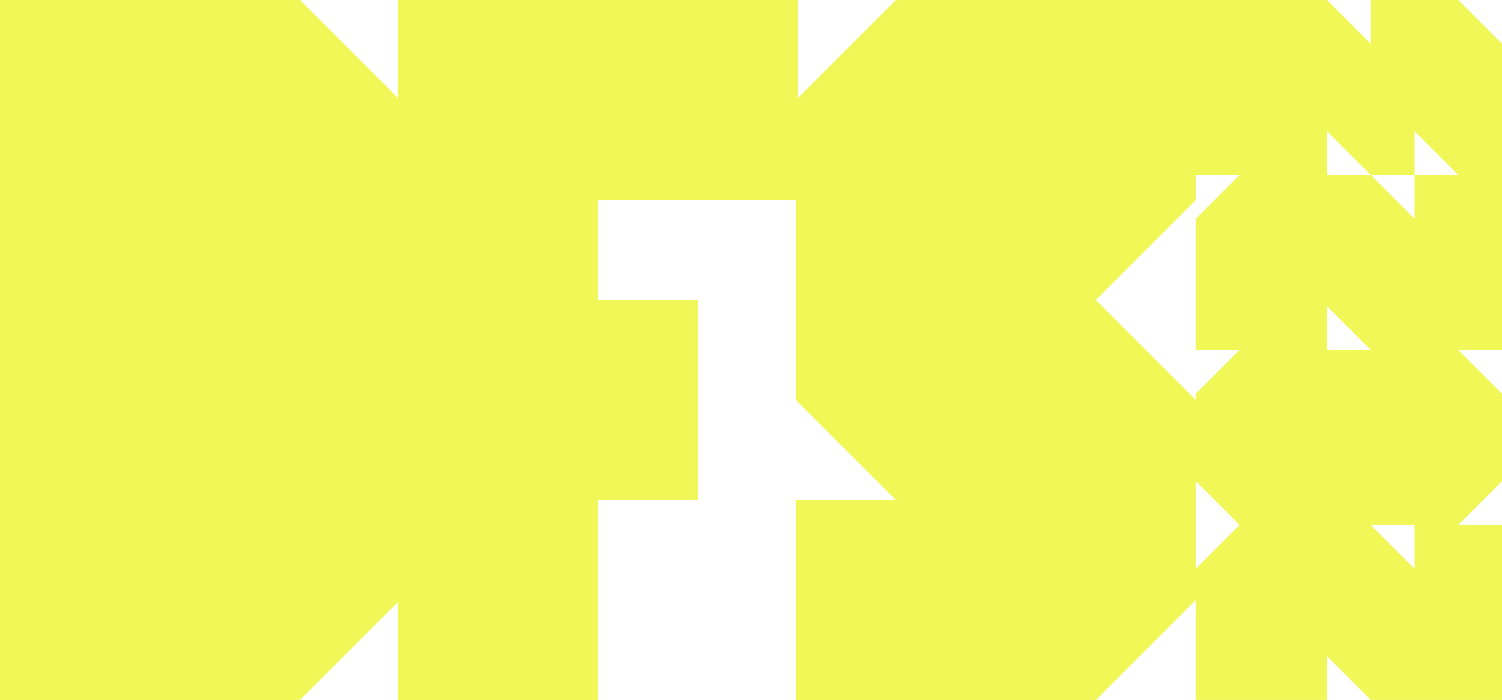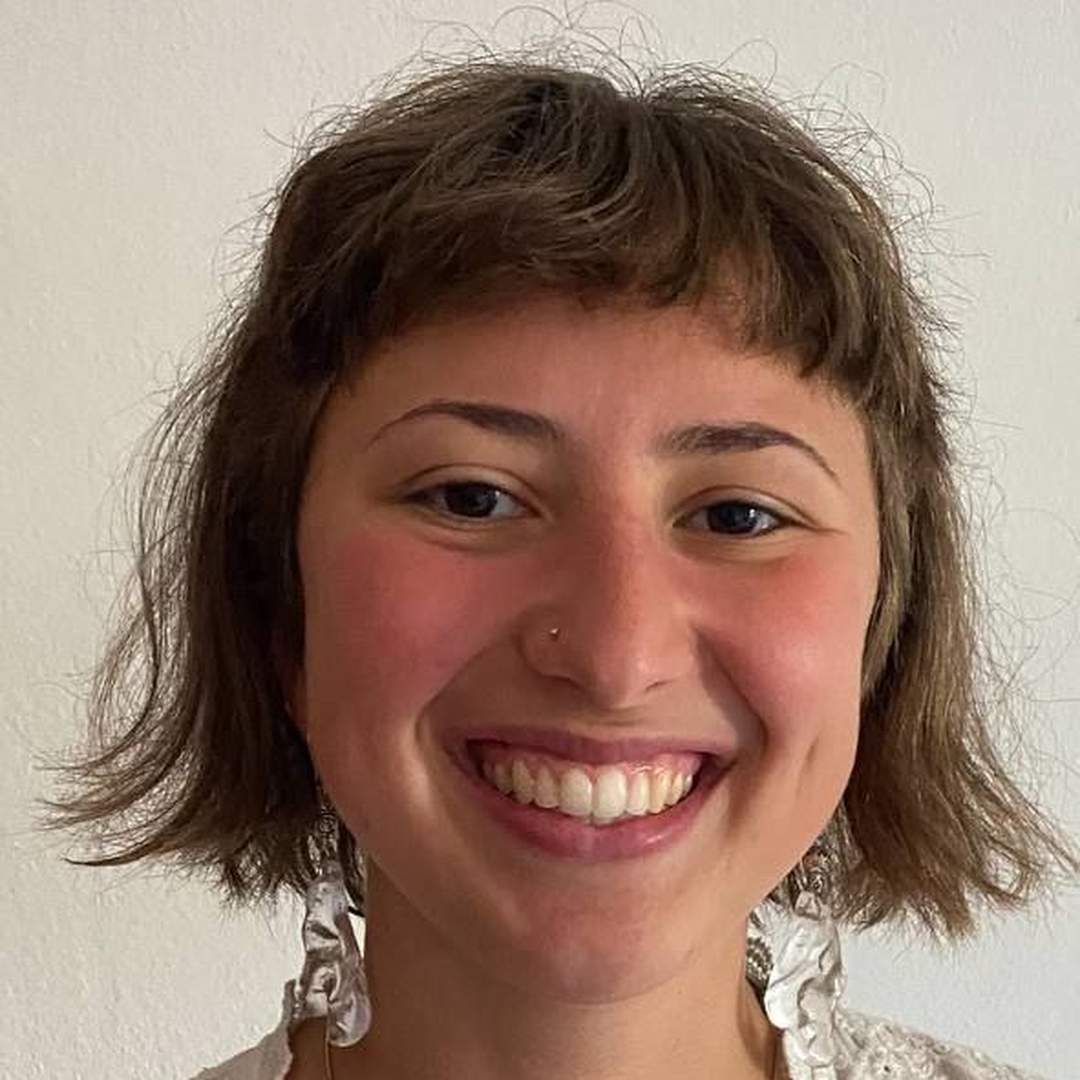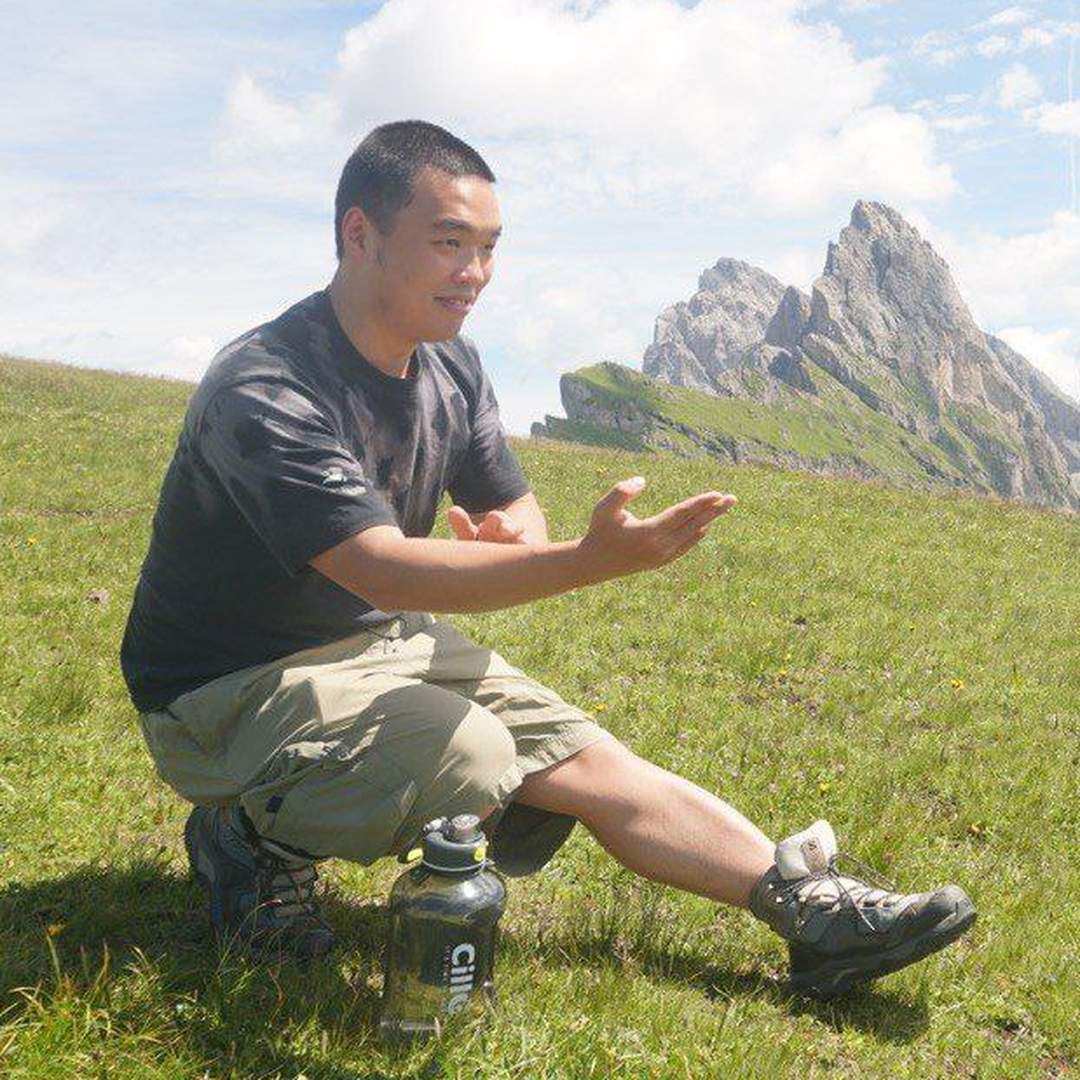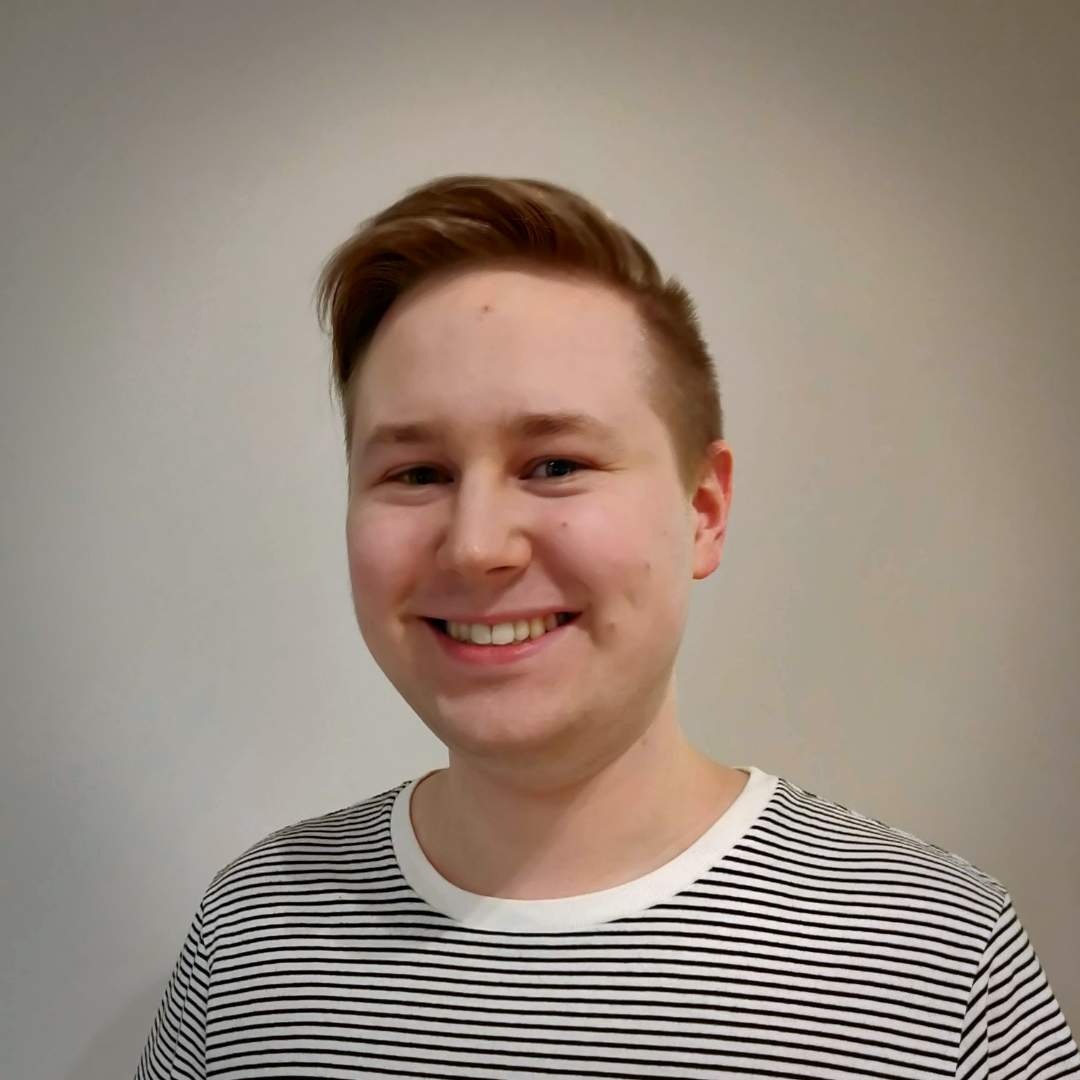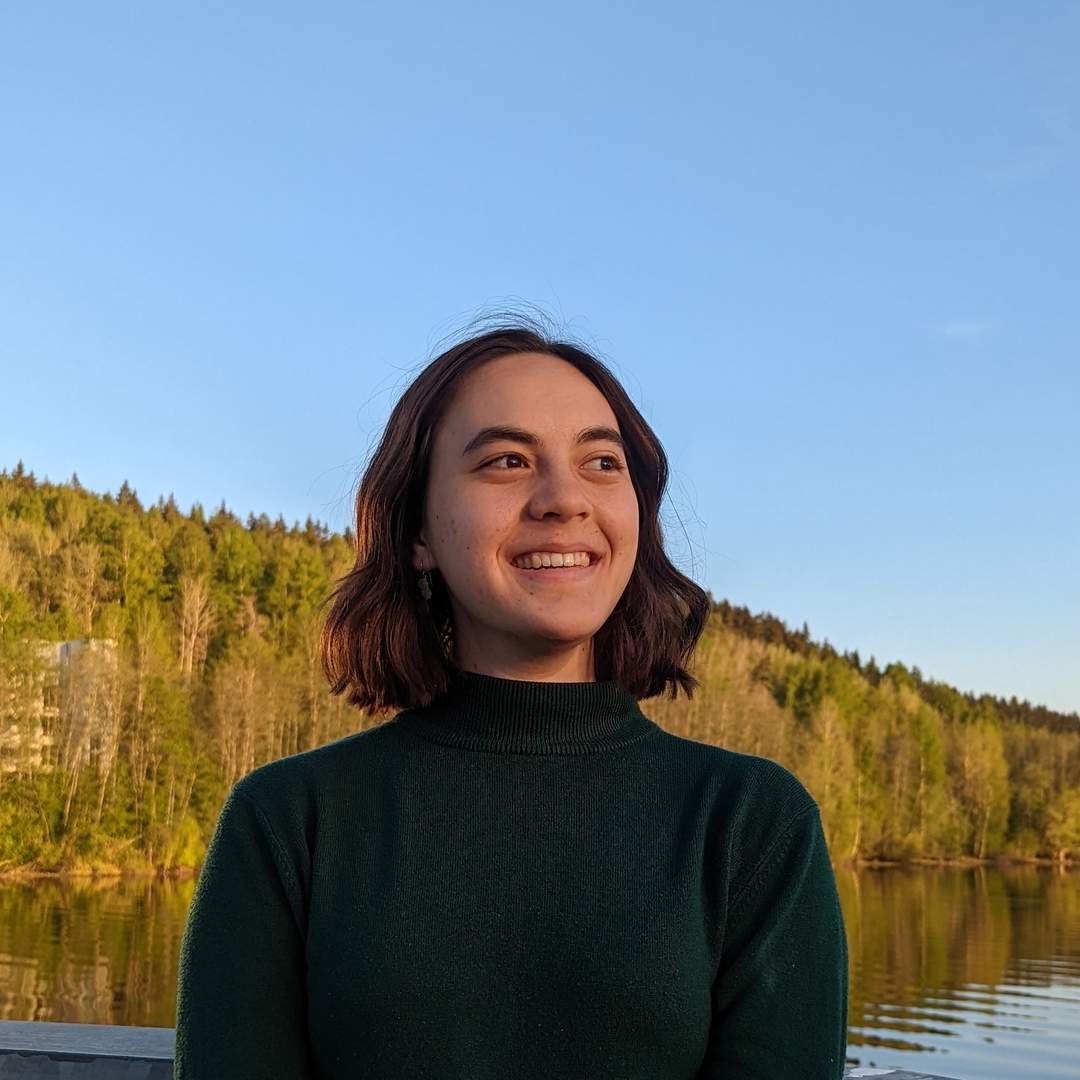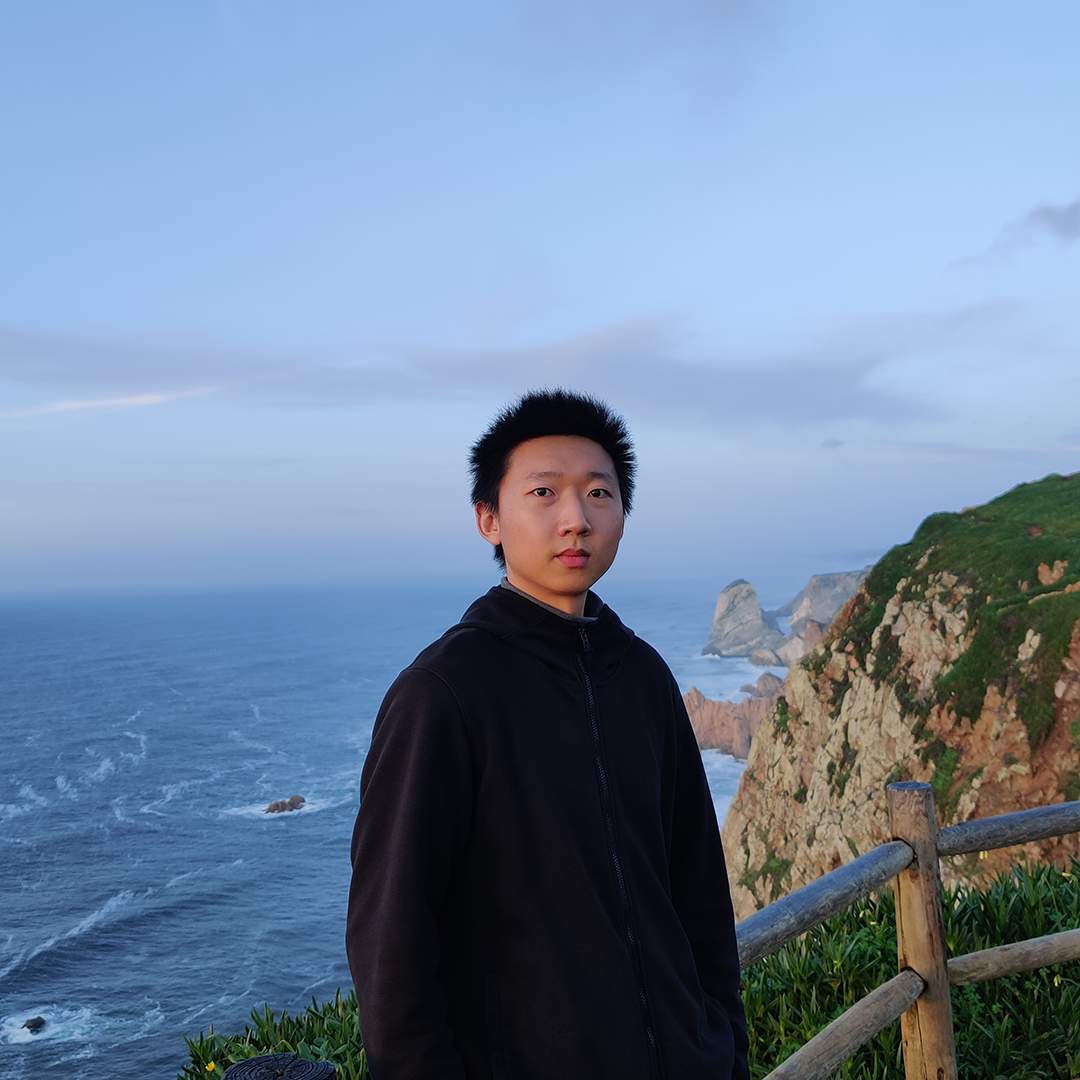Projects
Airbit
by Dikai Yu
Airbit is a low-barrier, highly engaging, and expandable soft robotics creative development kit. Its design aim is to enable users of nearly all cognitive levels to learn about soft robotics structures and create prototypes, thereby gaining knowledge and enjoyment from the process. The hardware component of Airbit comprises four fundamental elements: an air source module (Airbrick), a soft body module (Softbody), a connector module (Connector), and a development baseboard (Baseboard), along with their corresponding API interfaces. Users and developers can use these components for prototype design or integrate them into other development projects.
Enzo
by Burak Türköz
Enzo is an animatronic toucan. He is powered by two stepper motors, and controlled by a wireless network interface. All he can do for now is turn his head in different angles. He is able to move very fast or very slow. There isn't a deeper meaning to Enzo's existence, he is a robot bird. My aim was to make a robot that has character, and moves in ways that are not monotonous. That's why I decided to use steppers; to be able to control the speed and size of Enzo's movements. Another challenge was to see if I could achieve precise controllable motion, using steppers mounted on the same plane, and a universal joint. This fundamental system of moving an animatronic was inspired by an existing design by Jasper Anderson. I built a similar system, then designed Enzo and his every detail around it myself.
Enzo is my first animatronic, and he still has a long way to go. I love him with all his flaws. And maybe, he will be a real bird someday.
Invisible Maze
by Yuhan Tseng
This tangible toy is a maze game, trying to encourage players to use different sensations to play a game. It's easy to play just like a marble maze, but the challenge is that most of the feedback is audio and vibration with little visual element. It mainly consists of an RP2040 microcontroller, audio module, accelerometer, vibration motors, a customized PCB, and a 3D-printed shell.
Kaleidoscope
by Zhicheng Wang
"Kaleidoscope" is a modern reinterpretation of the classic analog video feedback loop, but designed in and for the digital era. The installation comprises a 3-axis camera stand powered by three separate servo motors and equipped with laser-cut and 3D printed components. It can be controlled with a joystick or remotely via Wi-Fi network.
Additionally, it features a versatile camera module based on the esp32-CAM board, capable of capturing images and simultaneously streaming wirelessly through a hosted server. The video signal output is displayed on a CRT TV and then captured by the camera again, thus creating this feedback loop. The dynamic visual effects are achieved through subtle adjustments in the position, distance, and angle of the camera, introduced by the camera stand.
Watch in awe as it transforms the mundane into the mesmerizing, while drowning the infinite loop of ever changing perception.
Know Your Cat: Cat Litter Robot 2.0
by Anna Li
Introducing Cat Litter Robot 2.0, building on the success of Cat Litter Robot 1.0 showcased in Digital Fabrication 2022. This year’s focus revolves around enhancing the well-being of your cats through poop detection technology testing.
Our innovative approach uses camera AI to identify cat poop, seamlessly integrating the data into a database. This data, representing your cat's poop condition, seamlessly syncs with a mobile app, creating a cat health calendar and an engaging cat health game.
The ESP32-CAM, working with TinyML, captures vital images for model training, ensuring precise detection. Google Scripts simplifies data transfer, effortlessly channeling information from ESP32 to Google Sheets. This data forms the foundation of a dynamic cat health calendar, beautifully visualized on our smart mobile application. For future development, the cat litter robot will improve the user interface, real cat poop data collection and enhance the mobile application’s cat health features.
Liplatus
by Daniel Kohvakka
Liplatus is a project and two versions of ceramic tiles that seeks to capture the essence of waves or ripples on water. It was created as part of Design BA course aesthetics in mass-production. We sought to find inspiration from the natural world, to capture an aspect of it's aesthetics. Daniel Kohvakka examined stoneware and it's plasticity to produce the feel of natural elements beyond it's own. Meanwhile Aatu Mäkinen used CAD-softwares to study the same on digital platform, focusing on repetition of pattern and textures. Laura Asmala's focus was to research the theory of aesthetics. The final design was unanimously chosen, and the clay model was 3d scanned and photographed. Both methods were made into 3d files, which were enhanced to form a continuous pattern, fit for serial production. Two 3d PLA prints were made as models for plaster molds, from which porcelain casts were made. To further capture the essence of Liplatus, Daniel made a copper-oxide turquoise and high gloss glaze creates bright reflections bringing to mind the warm sun rays reflected from the ripple of clear watered beach.
Design of the original model, plaster mold & casting by © Daniel Kohvakka
3d model & Co-design by © Aatu Mäkinen, Co-design by © Laura Asmala. All Rights Reserved
Mentally Confused
by Ariana Marta
My project is an user experience exhibition about mental health. It's composed of an input and output decide. The input is a box with 9 buttons. Each button corresponds to a felling/mood, such as, happy, sad, excited, etc. The user then clicks on the button corresponding to what they are felling. Accordingly to the user input the output will be diferent. The output is a silicon brain that will deflate if the overall felling is bad or will light up if it's a good felling.
On top of that there is a website were I will be showing the statistics of the overall mood of the participants from Aalto throughout the week.
TF150 Wall Mural
by Arthur Tollet, Agnes Weckström, Katarina Jakobsson
In 2022 Teknologföreningen celebrated its 150th anniversary. Proceeding each annual ball a mural in the theme of each event gets painted on the concrete walls to commemorate the event. In honor of the anniversary, we decided to make something special that would represent the anniversary year as a whole and that could get moved around.
The three different motives symbolize different events that took place during the anniversary year. TF150 for the anniversary year as a whole. Screws made to look like moths to represent the academic spex theatre held that year, spexet Frankenstein. A half mask, to represent the annual ball's theme, which was inspired by phantom of the opera. As a whole the piece serves to remind the members of Teknologföreningen of events to be remembered.
The sign is constructed of three, laser cut and engraved acryl panels, arranged on top of each other. The panels are edge lit on all sides by RGB leds.
The three led strips are controlled by a single radio controlled RGB driver module. The single RGB input is mixed to each panel, for instance, the red input on one, corresponds to the blue and green inputs of the other panels. This is achieved via the use of a custom PCB, and results in each panel displaying a different, complementary color for a given RGB value.
The sign is framed with black PE film, and mounted on a circular board. Electronics are housed in a laser cut acryl housing.
The Scribbler
by Tiina Otala
The Scribbler is a SCARA robot arm with two degrees of freedom (DOF). It emulates the movement of an elbow and shoulder and draws in the XY plane with a pen. It is currently programmed with a few drawing patterns, including a heart, a cube, and the Alvar Aalto vase.
Widowmaker's Widow's Kiss (Overwatch 1, Pale Serpent Skin)
by Jasmine Xie
This is a replica of the Widow's Kiss, Widowmaker's iconic primary weapon in the video game Overwatch. This edition is from the Lunar New Year 2021 Pale Serpent cosmetic, and designed by Tim Guo. The replica is handmade from carved EVA foam, thermoplastic, acrylic, motors, LEDs, and other technology, and features a motorized extending barrel to convert it from the submachine gun model to the sniper rifle mode, along with a pop-up scope. This was debuted at MCM Comic Con Londay May, 2023.
Wireless Powered Combat Grid
by Hiski Huovila
Wireless Powered Combat Grid brings easy lighting to your tabletop roleplaying adventures. Copper coils and a fine-tuned oscillator bring low-power wireless charging technology to your table that transmits electricity to specialized miniatures with LED's. This way, you only need one cord to plug in your Combat Grid and any miniatures can be moved without the need of janky connectors, wires or batteries.
